Affiliate links on Android Authority may earn us a commission. Learn more.
The iPhone 14 doesn't have a physical SIM - here's what that means for you




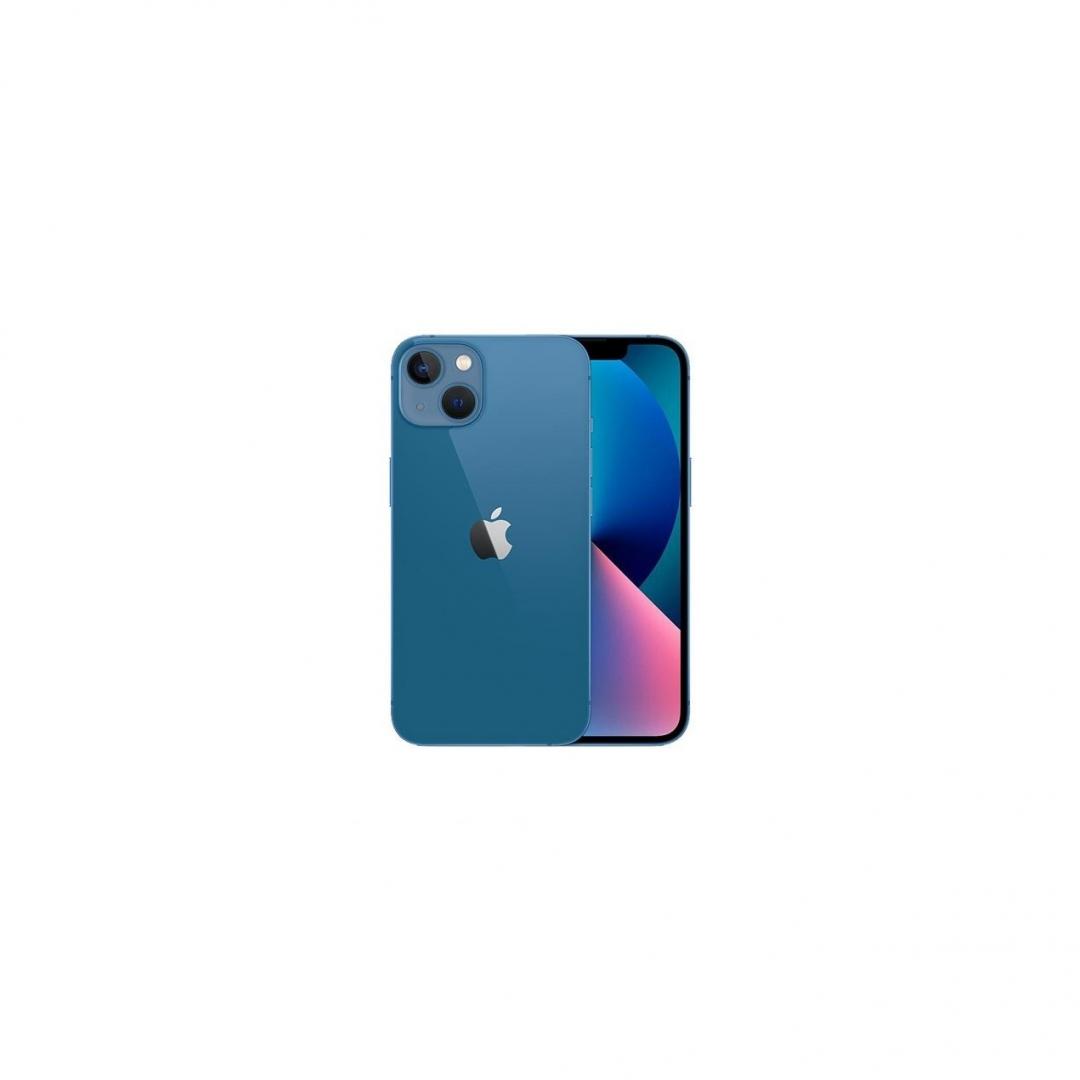

Are you considering getting an iPhone 14? There are plenty of factors to consider, but we know many of you are worried about the lack of a physical SIM card slot. Let’s tell you all about the topic!
QUICK ANSWER
The Apple iPhone 14 series has no physical SIM card slot in the US, but other markets do include it. You can find a table in the second section of this article with the different variants available.
JUMP TO KEY SECTIONS
SIM options on the iPhone 14 series
| iPhone 14 | iPhone 14 Plus | iPhone 14 Pro | iPhone 14 Pro Max | |
|---|---|---|---|---|
USA | iPhone 14 Dual-eSIM | iPhone 14 Plus Dual-eSIM | iPhone 14 Pro Dual-eSIM | iPhone 14 Pro Max Dual-eSIM |
China | iPhone 14 Dual Physical SIM | iPhone 14 Plus Dual Physical SIM | iPhone 14 Pro Dual Physical SIM | iPhone 14 Pro Max Dual Physical SIM |
Rest of the world | iPhone 14 Single Physical SIM Dual-eSIM | iPhone 14 Plus Single Physical SIM Dual-eSIM | iPhone 14 Pro Single Physical SIM Dual-eSIM | iPhone 14 Pro Max Single Physical SIM Dual-eSIM |
What happened to the iPhone 14 physical SIM card?
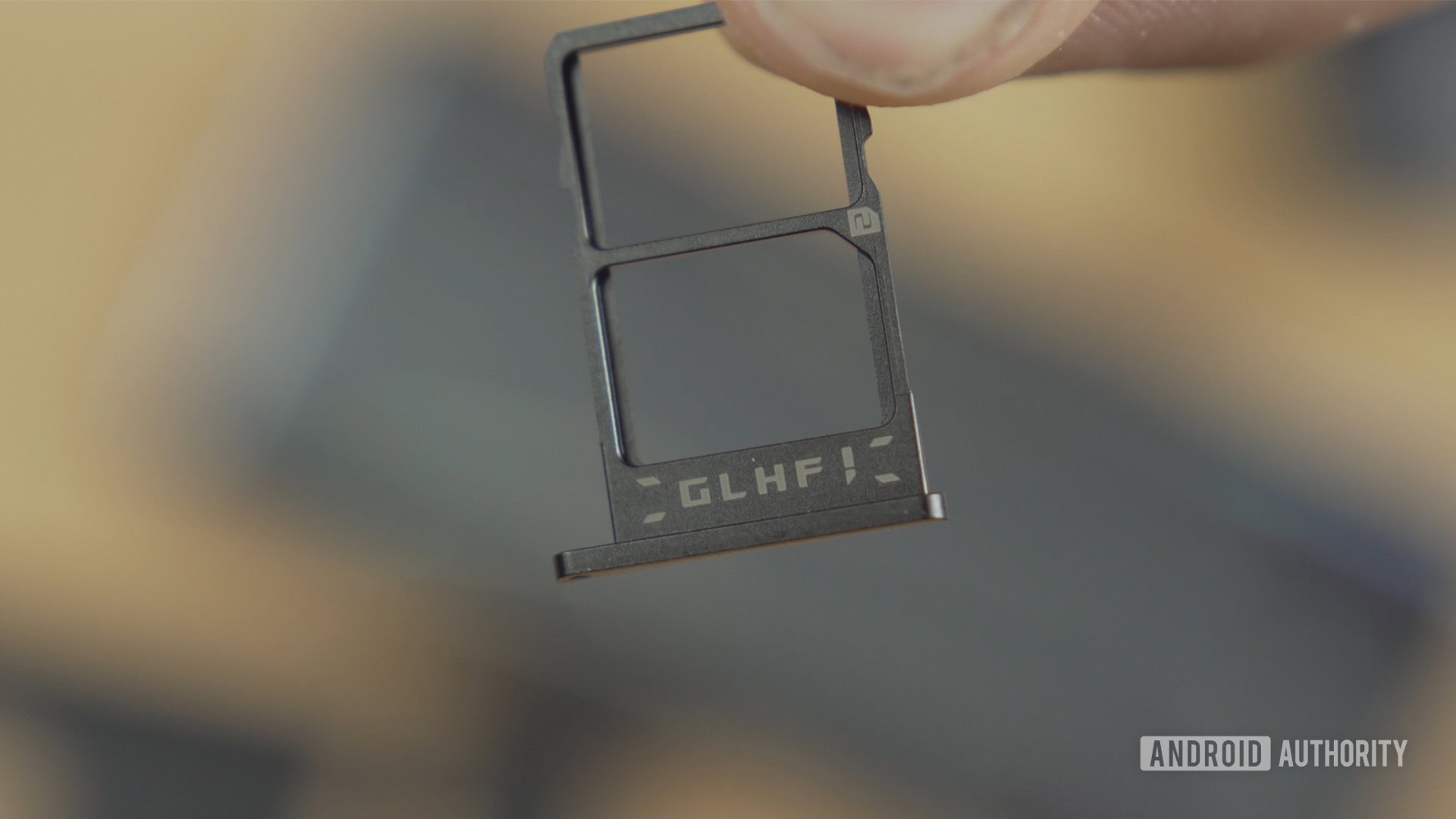
Apple has removed physical SIM card slots from the iPhone 14 series, as well as the iPhone 15 series. Instead, these new handsets feature a couple of eSIM modules, allowing you to connect to two networks simultaneously, but only by registering the integrated eSIM to your carriers.
There is a significant factor to keep in mind, though. Only US models of the iPhone 14, iPhone 14 Plus, iPhone 14 Pro, and iPhone 14 Pro Max, get the physical SIM card slot removed. Models sold in other countries come with a physical SIM card slot, as well as two eSIMs.
Here’s another bit of very interesting information. The Chinese versions of these iPhones still have physical dual-SIM card slots. The Chinese government isn’t a big fan of eSIM technology.
What is an eSIM?
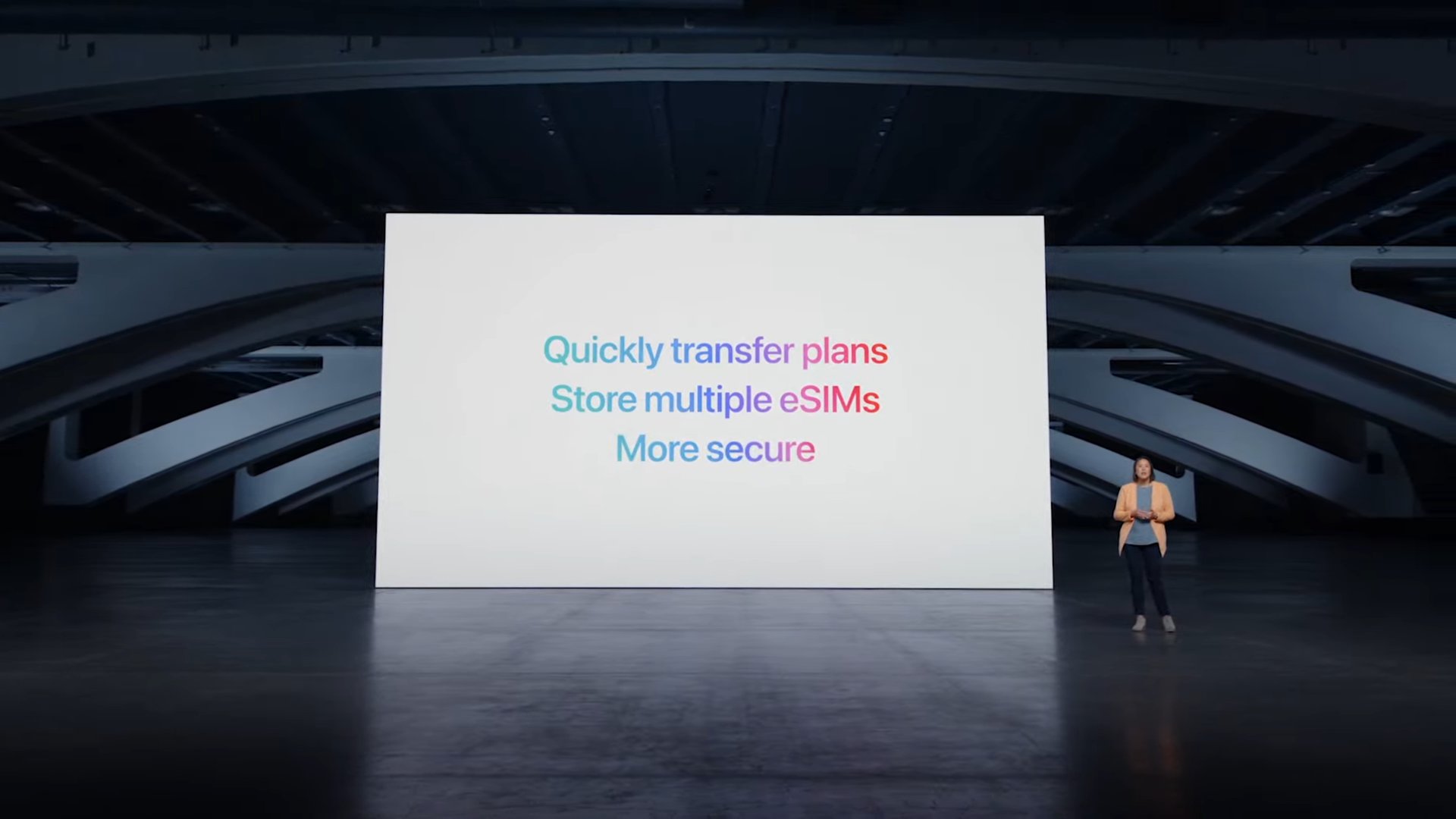
eSIM stands for “Embedded SIM” (or Embedded Subscriber Identity Module). These are SIM cards that can’t be removed from the device. The subscriber’s carrier account needs to be registered to the phone, meaning it can be configured over the air, as opposed to physical interaction.
What other types of SIM cards are there?
- Physical SIM: A plastic SIM card containing information that links the phone to your carrier subscription. You can remove it or replace it at will.
- Dual-SIM: A dual-SIM phone has two physical SIM card slots. This allows you to operate two networks on a single device. We have a list of the best dual-SIM phones, if you want to check some other options.
- Dual-eSIM: This is actually what the iPhone 14 series has. A dual-eSIM device holds two eSIMs, allowing the user to connect to a couple of carrier networks without needing a physical card.
- Hybrid SIM: Hybrid SIM card devices combine physical and eSIM modules. This adds a layer of flexibility and choice, allowing you to decide which technology is best for you.
The pros and cons of eSIM technology
What’s good about the iPhone 14 eSIM?
eSIMs create less trash
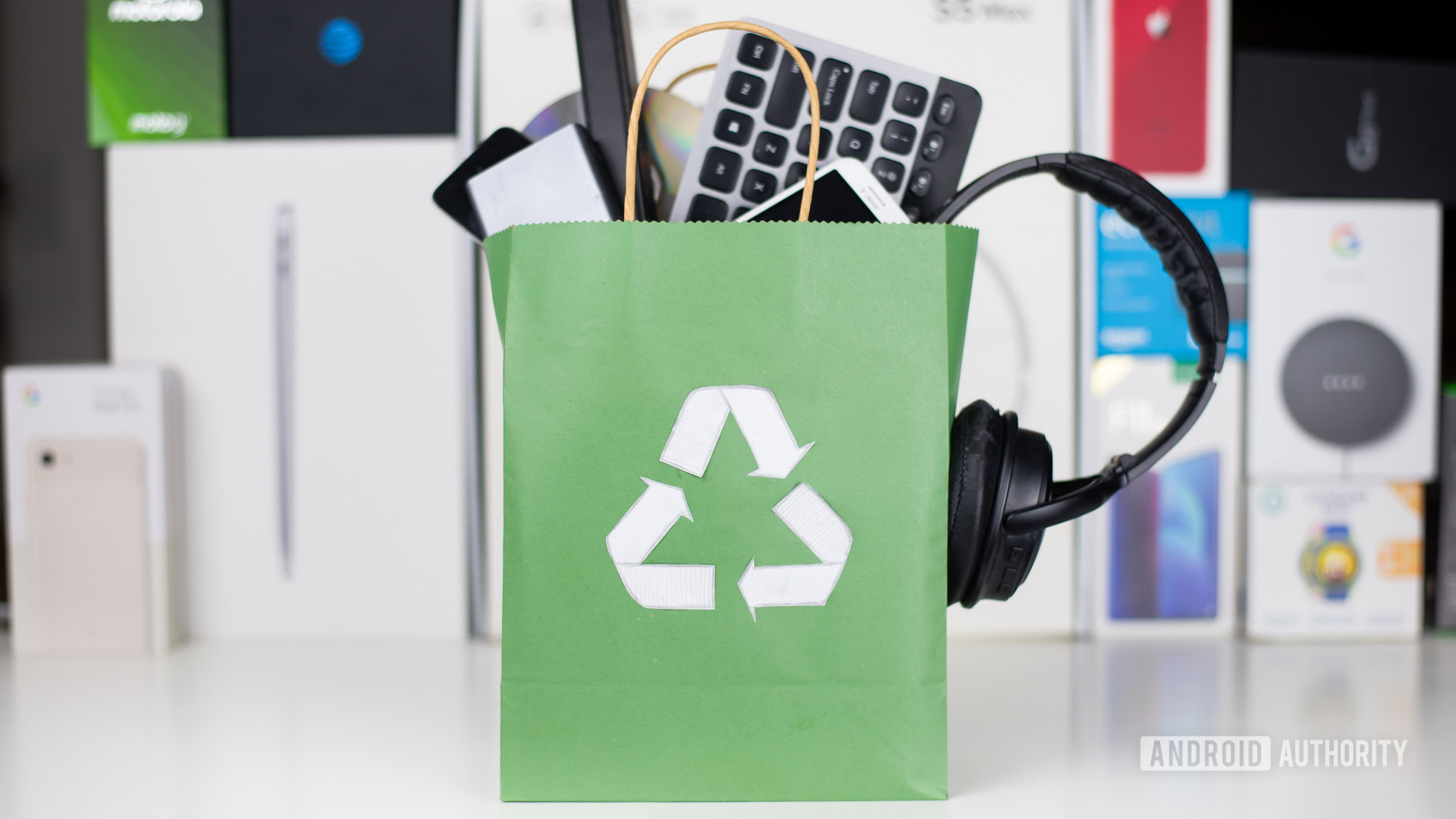
eSIM technology seems new and fancy, but is there anything that makes it better? There are a few things that make it a better alternative. For starters, physical SIMs create more trash. These plastic modules need to be replaced occasionally, as well as whenever you switch carriers. Additionally, you might need to change SIMs whenever a new technology is introduced, such as 5G. This means eSIM tech is better for the environment!
It’s convenient
Convenience is a second advantage. All you need to activate an eSIM is an internet connection, which you can obtain over Wi-Fi. This means you might not need to go to a store, have a SIM card shipped, or deal with customer service representatives. At least not most of the time, because some carriers make it necessarily difficult to switch phones, even using eSIM.
It makes switching carriers easy
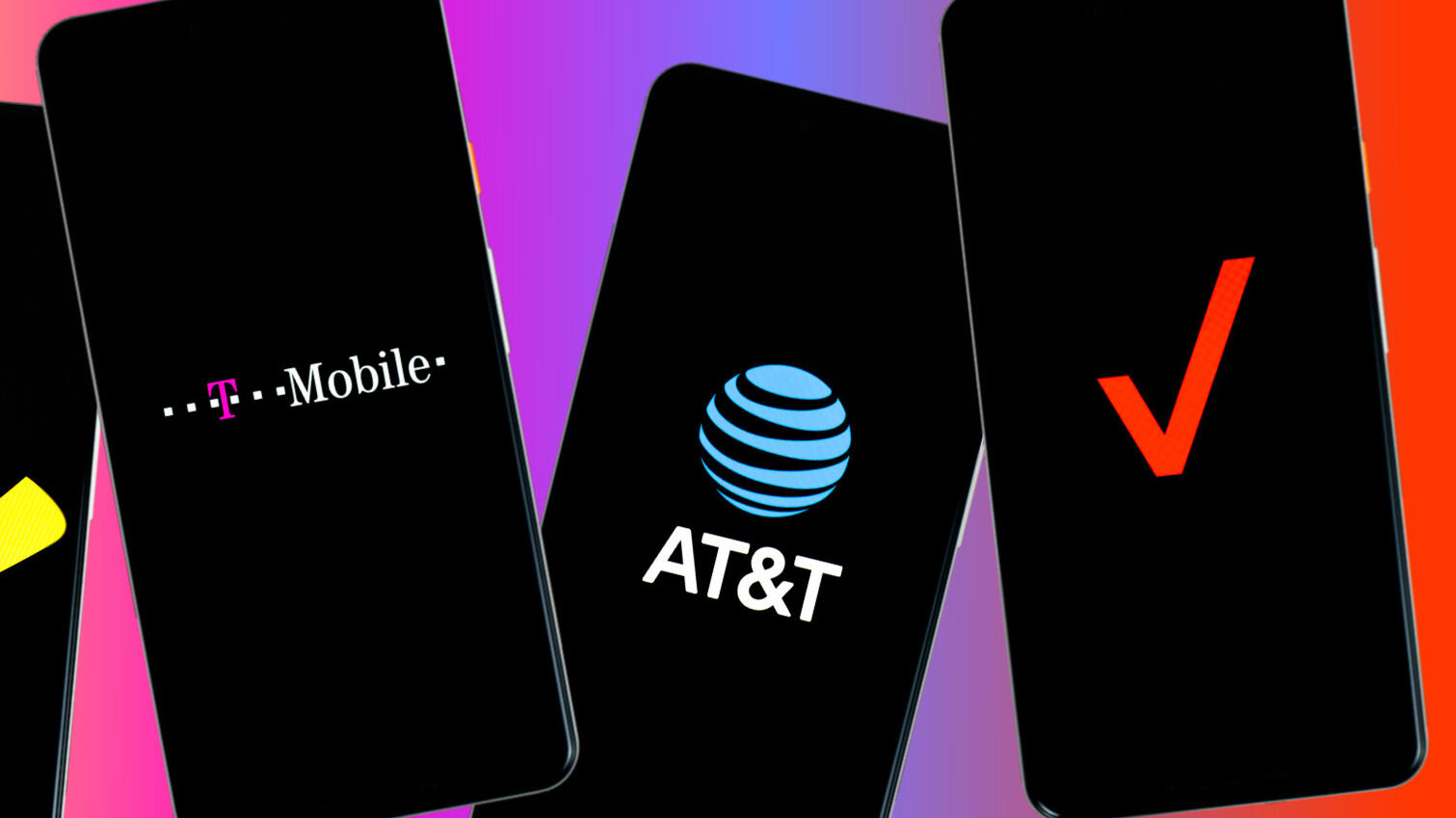
Additionally, eSIMs are enticing to people who want a certain level of freedom for switching between carriers. You don’t need to wait around for an eSIM, so you can always just switch carriers with a few taps, and activate an account online. You could even test one network without leaving your current one, and then decide whether you want to switch. Imagine if competing carriers started offering trials, to see how good coverage and service are in your area! Now, that’s a neat idea.
Security
eSIM modules are also more secure. This is because of their built-in nature. You can’t physically remove or replace an eSIM. If a phone is lost or stolen, it will be much harder to activate it on another line.
What’s bad about the iPhone 14 eSIM?
Not all carriers support eSIM
The bad thing about eSIM technology is that, while it’s gaining adoption, it’s still not supported by all carriers. This is especially the case outside the USA. This means American iPhone 14 users will have a more challenging time getting service while traveling. Of course, you can always roam internationally, but it’s always nice to get a local physical SIM and pop it into a smartphone to enjoy local pricing.
You might need to call your carrier more often
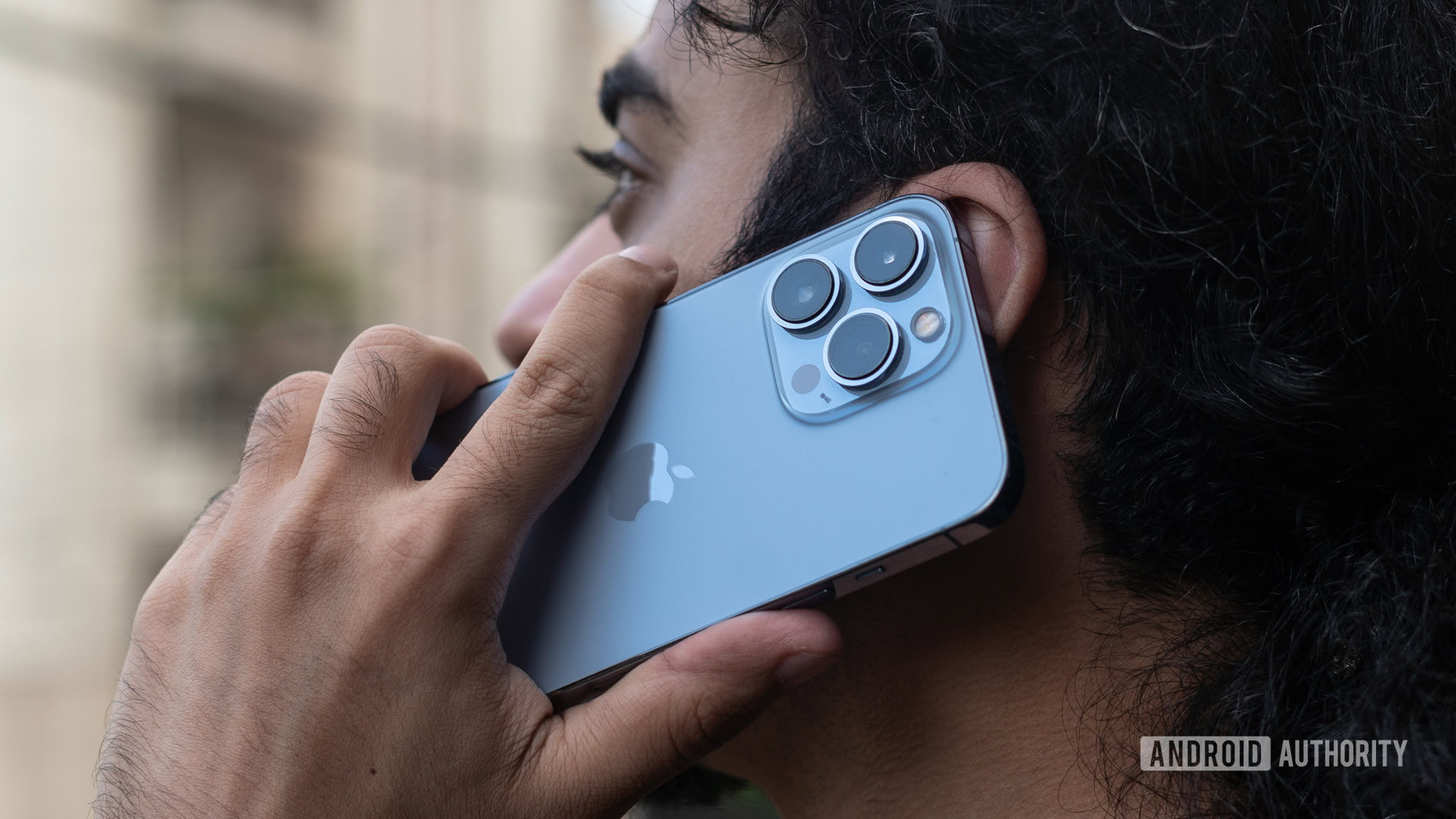
Another inconvenience about eSIM technology is that it may sometimes require more help from your carrier. You’ll save the time it takes to get a SIM card, but switching phones can be a bit more complicated, and you might have to call them up. Say you break an iPhone. Using a physical SIM card, all you had to do was pull it out of the broken iPhone and stick it into the new one. This is not the case with an eSIM.
Location tracking?
Some people worry about privacy. The best way to stop anyone from tracking your phone’s location is to pull out the SIM card and kill all services. You can’t do this with eSIM tech. You could remove the cellular plan, but we know that isn’t quite the same.
Will the lack of a physical SIM affect you?
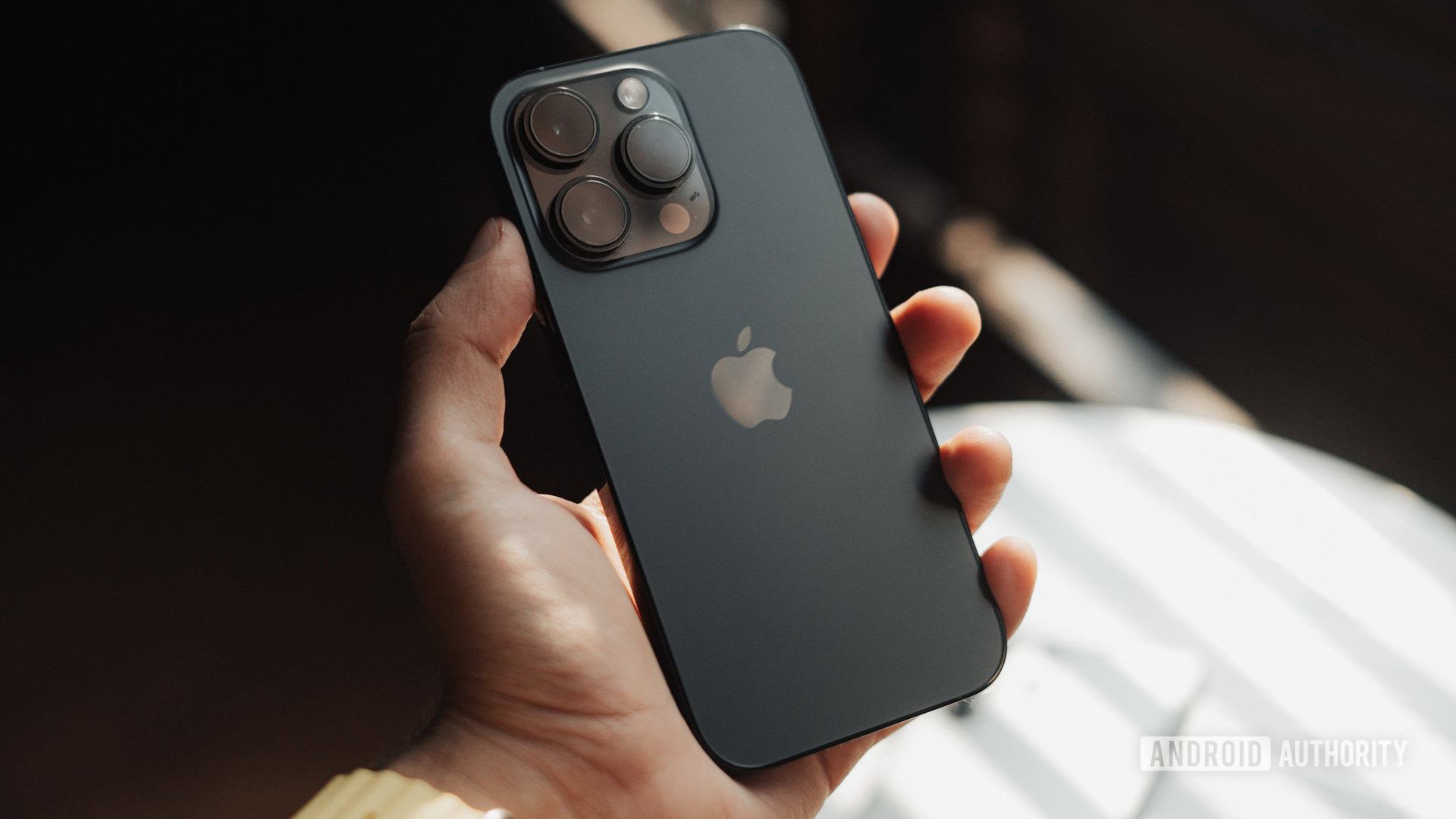
Only USA iPhone 14 devices omitted the physical SIM card slot, and most carriers in said country support eSIM technology. This means most Americans might not see much of a difference in terms of day-to-day use. After a bit of a wonky activation experience, users will enjoy the same iOS and service experience they know and love.
The only real issue we can see arising is the inconvenience eSIM tech might bring to travelers. Many countries have little to no eSIM support, and a physical SIM will no longer be an option for traveling US citizens. Of course, the same applies to frequent phone buyers, who might want to conveniently swap SIM cards at will.
People outside the USA won’t have these issues, as their iPhones will have physical SIM card slots. Those in the United States can also consider importing an iPhone 14 from another country.

Updated 12MP camera
Large-display base model iPhone
FAQs
Yes! Apple calls this feature eSIM Quick Transfer, which you can find by going to Settings > Cellular > Add eSIM.
Sadly, eSIM transfer apps and services aren’t a standard. This means that Apple’s Quick Transfer service only works on Apple devices. You’ll have to rely on your carrier to switch between Android and iOS devices. Call them up!
You can store up to eight eSIMs in one iPhone 14 device, but only two of these can be active simultaneously.
Of course! You can always get an iPhone 14 device from another country and keep enjoying a physical SIM card slot. This might end up costing you more, but it might be worth it to some of you.
Are you not convinced with the whole situation? We have a list of the best iPhone 14 alternatives. You might also want to look into the newer iPhone 15 series.